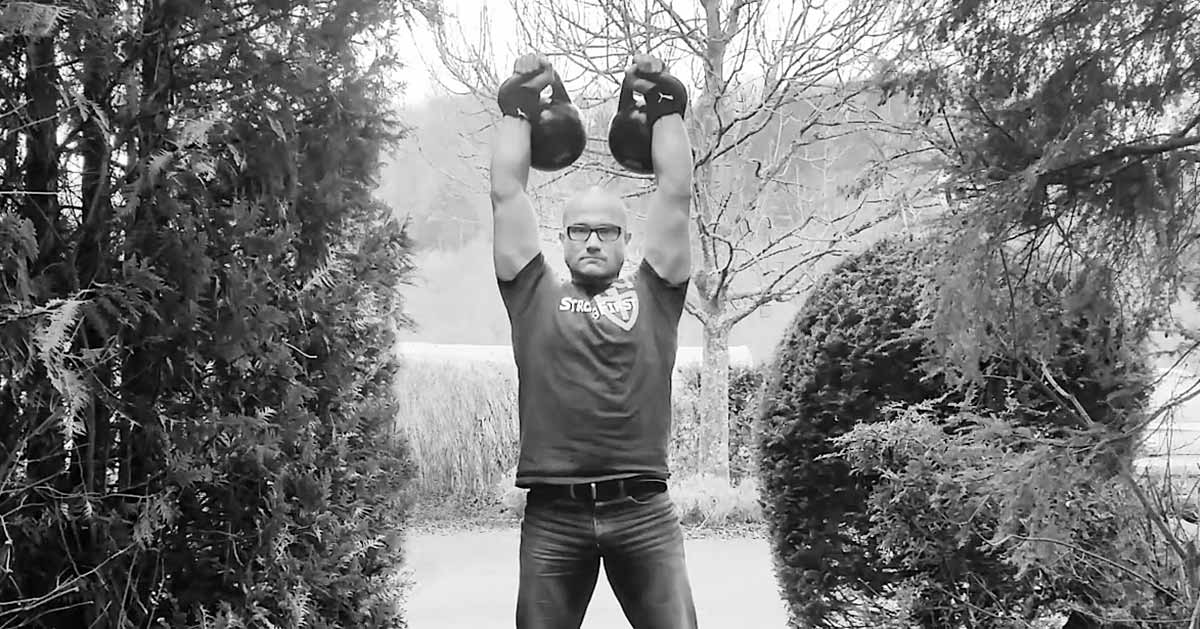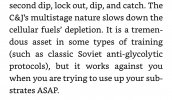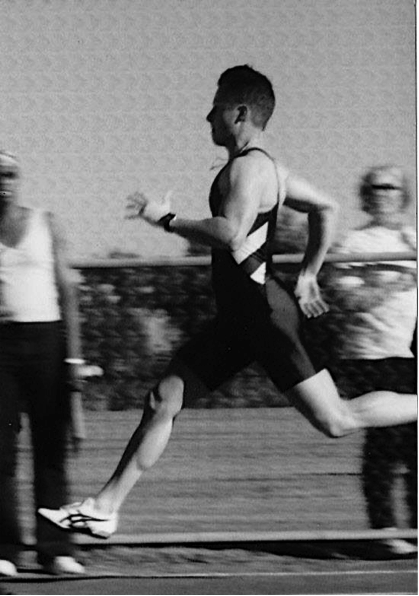The first question is: what is better, quick lifts and sprints or strength exercises?
When your main goal is mitochondrial development in fast twitch fibers, power exercises rule and sprints are close behind. In contrast, “grinds” deliver less than half the gains of either. When it comes to “what the hell effects,” quick lifts also have the edge. (To learn more, refer to
The Quick and the Dead.)
Thus someone like a boxer or a general fitness minimalist could do just fine limiting himself to explosive A+A. But if your sport or occupation demands repeated strength efforts—think wrestling or moving pianos—or you simply enjoy lifting heavy stuff, add “grinds” to your A+A arsenal as well.
Following are short lists with some of the top general A+A exercises, quick and “slow.”
Explode
Since A+A exercises are done with high volume and frequency, they must be easy on the joints. For that reason, Prof. Selouyanov recommended choices that reduce or eliminate eccentric loading such as box jumps and hill sprints. (Eccentric loading is not a problem with most kettlebell drills as good ergonomics dissipate the shock away from the joints.)
- Sprints, especially uphill or up stadium steps
- Box jumps
- Power pushups
- Many exercises with rubber bands
- Medicine ball or rock or kettlebell throws
- Kettlebell swings, cleans, and snatches
- Kettlebell push presses and jerks
- Barbell power cleans
Grind
An important consideration for A+A grinds is the ease of setting up, picking up and “parking” the weight. For instance, the bench press is a poor choice because the set-up is slow and meticulous. The barbell back squat is borderline since proper bar placement is not instant.
- Sled or car pulling and pushing (can also be explosive)
- Weighted step-ups and walking lunges
- Pistols
- Pullups
- Farmer carries
- Barbell front and Zercher squats
- Barbell deadlifts (this and some other “grinds” can also be made explosive)
- Kettlebell goblet and front squats
- Kettlebell military presses
- Kettlebell get-ups
Plus, there are various hybrid exercises such as the kettlebell clean plus military press plus front squat from the classic “strength aerobics” circuit by Alexey Senart, StrongFirst Certified Senior Instructor.
This Saturday and Sunday do not miss the opportunity to learn about practical applications of anti-glycolytic training at the
All-Terrain Conditioning™ course—online.



